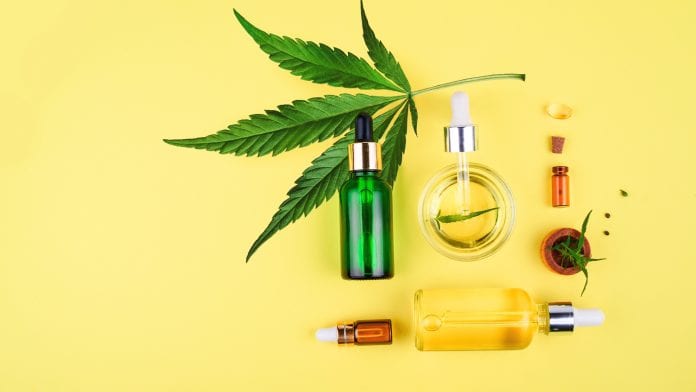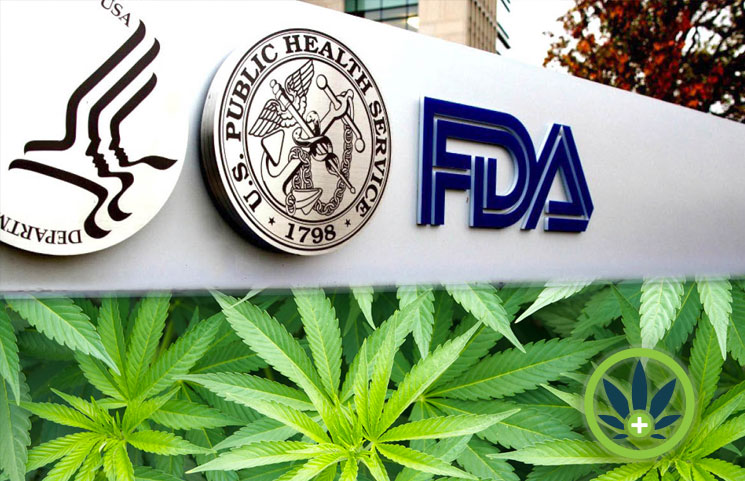
The difference between sativa and indica isn't as clear cut as you might think. Like strawberry ice-cream tastes better than chocolate, neither one is better. The availability of hybrid strains makes it simple to enjoy both. It is important to know what each has in common. Sativas may not be suitable for those with high blood pressure.
Sativas have energizing properties
Sativa strains have been known for their ability to energize, which can make them a great choice for improving your work attitude and social interactions. People who are usually lazy can use sativas to help them stay active and engaged. There are some positive effects and others that are negative. However, a combination can create a balance. Here are some examples.
Indicas are known for their energizing qualities
Indicas not only have an energizing effect, but also make you feel sleepy. This is why they can help with chronic pain and insomnia. Indicas can make the user sleepy or make them drowsy when taken in high doses. Indicas may also be helpful for those suffering from anxiety, depression or insomnia. Users should not use cannabis before they are required to drive, operate machinery, and remain awake while intoxicated.

High blood pressure will not be treated by sativas
People have begun to experiment with Nigella Sativa seed oil as a remedy for hypertension in recent times. The oil is used in many Asian cuisines and believed to lower blood sugar. In one study, 70 healthy volunteers were given 2.5 mL of N. sativa oil twice daily or a placebo for eight weeks. They were then measured at the baseline and endpoint.
Sativas are shorter
Despite being much shorter than the indicas, Sativas is the most popular type. They tend to contain high levels of THC while indicas may have lower levels. Sativas are more likely to contain terpenes (such as limonene, beta-caryophyllene) than indicas. Sativas can have a variety of effects. They can give you a creative boost or a calm feeling of well being.
Indica plants are great for indoor growing
Indica plants are well-known for their resin-filled buds. These plants were bred in the Asian highlands where they are able to withstand the harsh climate. They are immune to mold and bud-rot, which is a major advantage over other kinds of plants. To maintain healthy buds, ensure proper ventilation. Air circulation can be improved by trimming stems and leaves. Mold prevention is also possible with proper humidity. Here are some tips to keep your indoor indica plant healthy and beautiful.
Sativas have anti-bacterial
The active compounds of N.sativa were found to be able reduce the number bacteria in human feces, according the researchers. These compounds can react with viruses as well as proteins. These compounds can't destroy human pathogens. Humans use amino acids to break down proteins and then turn them into water, carbon dioxide, or ammonia. Liver enzymes then metabolize toxic ammonia to non-toxic urea.

Anti-inflammatory properties of sativas
C. sativas is a group of plants that have anti-inflammatory properties. The cruciferous group includes many cannabis species including indica, sativa, and hemp. Sativa is well-known for its anti-inflammatory qualities, which could explain its long history of drug use. Sativas are able to inhibit COVID production, which is an important factor in the inflammatory response.
FAQ
How can companies successfully market CBD products in a regulation-compliant manner?
The FDA doesn't regulate hemp as an agricultural commodity. However, the agency regulates all other cannabis derivatives (e.g., marijuana) under the Controlled Substances Act. CBD has not been subject to any specific regulations.
CBD is legal in 29 states. However it is still illegal under federal law. This uncertainty creates uncertainty for CBD product sellers.
The FDA also has guidelines for how CBD products should be advertised. THC content must be clearly disclosed. Without scientific evidence supporting this claim, CBD cannot be used to treat certain medical conditions.
In addition, the FDA requires manufacturers to submit detailed information regarding manufacturing practices and quality control measures. They also require companies to conduct clinical trials to prove safety and efficacy.
These factors are crucial for companies to consider when developing their marketing strategies.
What CBD products do you sell most?
CBD products are becoming increasingly popular. They can be used for anything, including pain relief or anxiety. This market is large and growing quickly.
But what are people buying CBD oil for? And what does it mean for you, as a brand owner?
Well, according to Statista, CBD products are being bought for their relaxing effects. They are also used for their anti-inflammatory properties.
If your product contains both CBD and THC, it can be used for medicinal and recreational purposes.
What about brands that are focused on a single purpose? A company selling CBD for stress relief is an example of a brand that will not be challenged.
Also, if a brand is focused on CBD for medical reasons, it will have large customers.
But, if a brand is looking to target recreational users they will need to develop a unique selling position (USP). A USP can be described as a unique selling proposition (USP) that is unique to a brand.
Some brands offer free shipping while others offer bulk discounts.
Is CBD a good place to invest?
As more people are aware of the many benefits of hemp-based products and their market, it continues to grow. It's estimated that by 2022 there could be $1 billion worth of hemp-based products on store shelves.
It is also expected that the market will continue to grow at an annual rate exceeding 20% through 2020 when it reaches $2.5 Billion.
Hemp oil is already used to make many beauty and healthcare products, such as lotions.
A number of companies produce CBD-infused beverages, pet foods, dog treats, snacks, and other food items.
CBD is currently legally available in all 50 States. However, this could change soon. More research into CBD's potential uses will be done, which will make it easier for businesses and law enforcement to do business legally.
With these factors in mind, it's clear that investing in CBD can be a lucrative venture.
What are the best uses for CBD?
CBD can be used as an alternative to anxiety treatment. It is also used to treat pain, insomnia, epilepsy, inflammation, depression, and other conditions.
There are many ways to consume CBD. CBD can be consumed in many ways. You can eat CBD-rich foods, take CBD tinctures or vape CBD eliquids.
There are many benefits to consuming CBD. It has been shown to help people suffering from chronic pain, PTSD, anxiety, and more.
Are there any studies that CBD can reduce anxiety?
CBD oil is effective for treating anxiety because it interacts with certain receptors in the brain called CB1 and CB2. The endocannabinoid (Endocannabinoid) system regulates mood, stress and responses.
When we feel anxious, our bodies release chemicals that activate the CB1 receptor. When activated, the receptor sends signals back to the amygdala that is responsible for emotional processing.
When the CB1 receptor is blocked, the amygdala doesn't receive the signal to process emotions. CBD users report less negative feelings.
A 2017 study revealed that CBD lowers anxiety in patients suffering from social phobia. Another study found that CBD reduced symptoms of PTSD.
A 2018 review concluded CBD's anxiolytic qualities could be helpful in treating generalized anxiety disorder.
Another review suggested that CBD might also reduce panic attacks.
However, numerous studies have shown CBD to increase anxiety levels in mice.
The difference in results between animals and humans could be explained by differences in the way that CBD is metabolized in different species.
CBD has not been shown to be safe long-term. Most experts agree that CBD can be safely used when it is directed.
How big is the global CBD market?
Euromonitor International reported that the global CBD market was valued in 2015 at $US3.5 billion. This is a more than 10% increase over 2014.
The report projects that this figure will reach $US6.4 billion by 2020. This represents an average annual growth rate 12%.
CBD products are predicted to account for half of all the hemp-derived products globally by 2020.
This includes CBD oils.
What are the most common mistakes companies make when they try to enter the US market for cannabinoid products?
Uncertainty about the regulations for cannabis products is the first mistake. This could lead to you having to modify your product formulation.
The second is not knowing how you should label your product. It is important to determine if your product contains CBD or THC.
Finally, you must know how to package your product correctly. You must make sure that your product contains THC.
Even if your product doesn't contain THC, you must still comply with all packaging laws. There are many states in which cannabidiol is legal.
It is important to track recalls of your products. It is crucial to notify customers as soon possible if you have a problem with your product.
Statistics
- A recent study [161] also found that in vitro CBD treatment (i.e., ≤ 2 h exposure to 10 μM) induced ~40% vasorelaxation in isolated (pre-constricted) (ncbi.nlm.nih.gov)
- HR −16 mmHg; 95% CI −26, −6; I2 = 92%) (ncbi.nlm.nih.gov)
- The use of these products is likely to become even more widespread if the World Health Organization's recommendation that CBD no longer is scheduled in the international drug control conventions is adopted by the United Nations member states [201]. (ncbi.nlm.nih.gov)
- While the primary injury may not be treatable, interventions that attenuate secondary sequelae are likely to be of benefit [203].Only one study (ncbi.nlm.nih.gov)
- As a substance that was federally illegal before the passage of the 2018 Farm Bill, hemp-derived cannabinoids with no more than 0.3% THC still face a regulatory grey area. (forbes.com)
External Links
How To
How to Get Certified To Sell CBD Products
CBD (cannabidiol), is one of hundreds of cannabinoids in cannabis plants. It has been used medicinally throughout history. This includes in South America, China, India and China. Its ability to treat anxiety, pain and epilepsy has led to it becoming increasingly popular in recent years. However, CBD products cannot be sold by anyone unless they are certified by the U.S. This means that any person who wants to sell CBD products must use the "unofficial" process called self-certification.
There are two methods to do this. The first is to join a local association of canna-business owners. This will allow you to share your knowledge with others, as well as receive advice and support. There are many organizations in the United States. There are two options. The first is to open an online business. Online canna-businesses are now allowed in most states. If you have the permission, you can start accepting orders and set up your website. However, you will still need to register at your state's Department of Public Health. Once you have registered, it will be possible to apply for your license through the state's department public health. Once you have your license, it is legal to open your shop and accept orders.